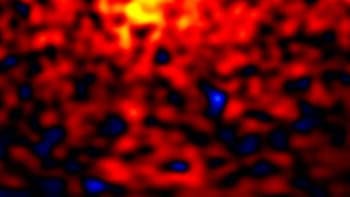Work has begun on a new experiment in China to study the ubiquitous and ultra-inert sub-atomic particles known as neutrinos. The aim of the $32m experiment, which is a joint effort between physicists from China and the US, is to improve the measurement of one of the parameters of “neutrino oscillation”. Being built in hills close to a nuclear power plant in Daya Bay, the experiment is set to collect its first data in 2011.

Over the last decade or so, physicists have found convincing evidence that neutrinos can transform – or oscillate – from one “flavour” (electron, muon or tau) into another as they travel through space, a phenomenon that means neutrinos have mass. The Daya Bay Reactor Neutrino Experiment is designed to measure Θ13, the only one of nine “mixing angles” that has not been accurately determined.
These mixing angles are needed together with other parameters to fully characterize neutrino oscillations, and better constraints on Θ13 will improve our understanding of why the universe appears to contain matter but no antimatter.
Located about 55km north-east of Hong Kong, the experiment will consist of a set of eight detectors, each filled with 20 tonnes of gadolinium-doped liquid scintillator and placed in tunnels at 360 m, 500 m and 1800 m from the centre of the reactor complex. The idea is that each day the detectors will capture a few thousand electron antineutrinos emitted by the reactions taking place in the power station, in order to measure how the neutrino flux from the reactors varies as a function of distance.
The project – set to start collecting data in 2011 – was approved in 2006 by the Chinese Academy of Sciences, which is providing 50 million yuan (about $6m). Other major donors include China’s Ministry of Science and Technology and the US Department of Energy and National Science Foundation. Additional funding for the project is coming from Hong Kong, Taiwan, the Czech Republic and Russia.
An official groundbreaking ceremony took place on 13 October attended by government officials from China and the US Department of Energy. The first experimental hall is expected to be ready by the end of 2008 and the last detector should be installed by 2010.
‘The project is now progressing well [and we] are now ready for manufacturing and mass production of the equipment”, says Yifang Wang of China’s Institute of High Energy Physics.



